You can't just say "oak" when recommending a plant. Which oak?
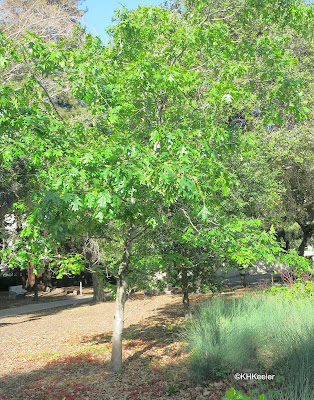 |
| oak, Colorado |
The world has 1,388 species of oak (genus Quercus) and the United States 99 species (not counting hybrids, see USDA plant database link). NONE of those oaks is found everywhere. The oak in my yard is likely NOT the oak in yours, unless you live near to me.
 |
| oak, California |
And that's only using a botanical definition of oak: a plant in the genus Quercus. There are also she-oaks and desert oaks (genera Casuarina and Allocauarina) and poison oaks (genus Toxicodendron) and, plants I don't know, white oak Lagunaria, and silky oak (Grevillea robusta), both from Australia, and the tanoaks or tanbark oaks Lithocarpus (SE Asia) and Notholithocarpus (western U.S.).
 |
| oak, Australia |
It is a common trap, thinking the familiar is universal.
We know the plants of our yards, streets, natural areas.
BUT there are 391,000 plant species in the world.
Humans organized flowering plants into about 450 families and 28,725 genera. Simply dividing, there would be 13 species per genus. Most of our easy names, like oak, sage, maple, rose, and iris. are members of genera which, on average, will have 13 different plant species, likely all called by the same common name.
Actually, these common plant genera are larger than average:
maple (Acer) 132 species
sage (Salvia) 1,000 species
rose (Rosa) 300 species
iris (Iris) 260-300 species
sagebrush (Artemisia) 200-400 species
grapes (Vitis) 79 species
beans (Phaseolus) 70 species (plus other genera for example Vicia)
Cultivated species have dozens to thousands of varieties, in addition to all the different species.
So if you write "oak" or "sage," it is unclear which plant you are talking about.
If the website, book, or person says "oaks are edible," you gotta ask "Which oak?" or "Where are you?"
Commerce tends to use the same plants over and over, for example lettuce (Lactuca sativa), cucumbers (Cucumis sativis), and apples (Malus domesticus). This creates a false sense of universiality. In fact, there are at least 50 species in the genus Lactuca, 84 in Cucumis, and 78 species of Malus, plus all the varieties, like looseleaf and romaine lettuces. Summer ornamentals, produced in great commercial greenhouses, are many times the same plants sold to gardeners from Maine to southern California. But when you look for plants that live their lives outdoors, the local plants become quite different.
You can see the results of diversity without being an expert; the gardening literature asks about your USDA Zone because temperature and rainfall limit where plants can grow, including for members of the same genus. You see different street trees in different states--red maple, sugar maple, bigtooth maple--because the climate is different. Weed problems are regional, too; creeping buttercup (Ranunculus repens) can be an aggressive weed in Ohio and a delicately nurtured ground cover in northern Colorado; field bindweed (Convolvulus arvensis) is a horrible weed in northern Colorado, but not much of an issue eastward.
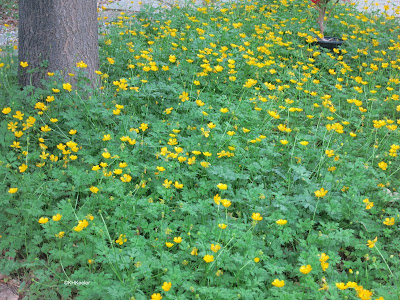 |
| creeping buttercup, Ranunculus repens |
Multiple similar plants is biodiversity. It is wonderful. But it means that familar plants differ and advice about one species in a genus may not apply to another. Acorns from some oak species can be eaten with minimal treatment, but acorns of other species need several soakings to be marginally safe to eat; some hollies (Ilex) are evergreen and some are not; the ASPCA warns against horses eating some maple (Acer) leaves and seeds, but others are considered safe.
Scientific names will reduce this confusion, since each plant species has only one scientific name. Writing or advising someone, for an audience beyond your town, USE THE SCIENTIFIC NAME, at least once. If you absolutely can't do that, give a more complex common name (red oak, white oak) or the location (coastal Georgia, Rocky Mountain foothills in northern Colorado).
I am so tired of people making broad generalizations "you can eat juniper berries" or "milkweed shoots are delicious" with no indication of WHICH? juniper or milkweed WHERE? Some junipers and some milkweeds are toxic and should not be ingested; others are good traditional foods.
Wherever you are, there are likely two or three species of the plant--oaks, or sages, or milkweeds. The particular plant species change with distance, so, two states away, one or more is likely different.
Below are four of the more than 200 species of milkweed (Asclepias), not including the common milkweed, Asclepias syriaca.
 |
| milkweed, dwarf milkweed Asclepias pumila |
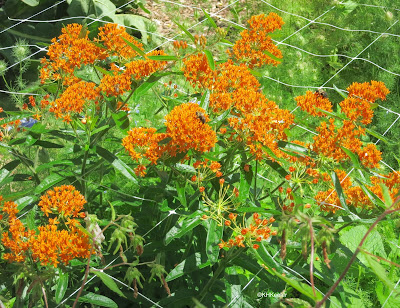 |
| milkweed, butterfly milkweed, Asclepias tuberosa |
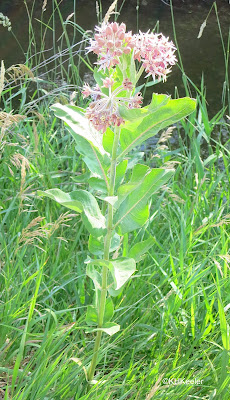 |
| milkweed, showy milkweed, Asclepias speciosa |
 |
| milkweed, sand milkweed, Asclepias arenaria |
Which one were you advising me to eat?
Comments and corrections welcome.
Sources for numbers above
https://en.wikipedia.org/
http://www.worldfloraonline.org
Sources for numbers above
https://en.wikipedia.org/
http://www.worldfloraonline.org
Answer: showy milkweed is generally edible, as is the common milkweed. Butterfly milkweed may be edible, reports say both yes and no. The others shouldn't be eaten.
Kathy Keeler, A Wandering Botanist
More at awanderingbotanist.com
Join me on Facebook: https://www.facebook.com/AWanderingBotanist
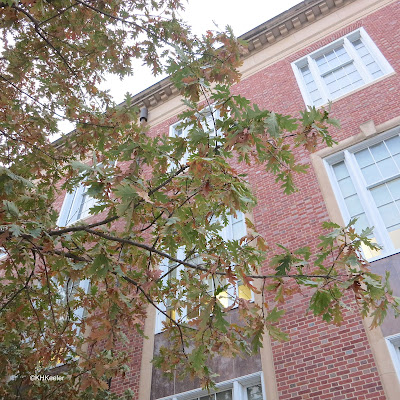
Super! Sharing.
ReplyDelete